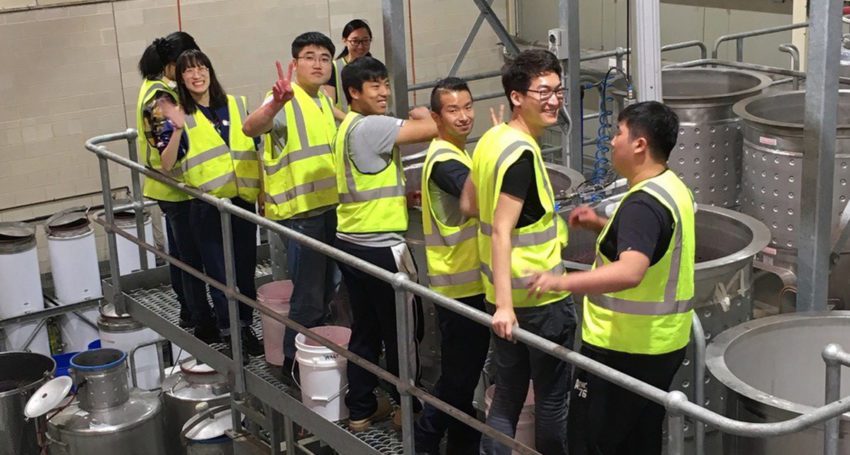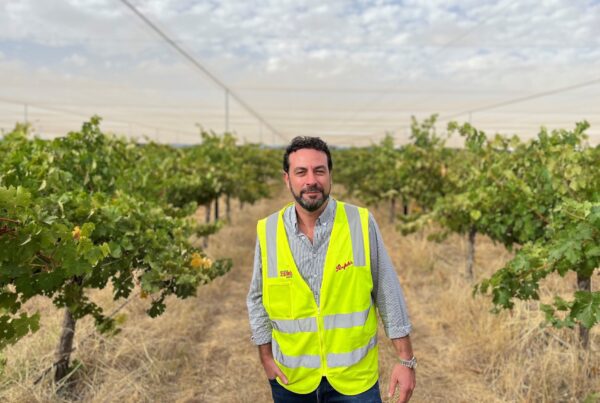
The two universities will introduce a dual masters degree in winemaking and viticulture from next year to help fuel China’s booming wine industry and the country’s love affair with Australian wine.
The University of Adelaide has Australia’s and one of the world’s best teaching wineries. Chinese students filled 115 of 294 places in its 2017 winemaking courses. This represented about 90 percent of international students and 39 percent of all enrolments across its four-year Bachelor degree in Viticulture and Oenology as well as a postgraduate diploma and masters courses.
The new two-and-a-half year course will begin in 2019 and will involve the students spending the first 12 months in Shanghai, the second year in Adelaide and the final six months back in China working in a winery or vineyard while completing a research project supervised by staff from University of Adelaide and Shanghai Jiao Tong University.
Program Co-ordinator Associate Professor Chris Ford, who is also Interim Head of the University of Adelaide’s School of Agriculture, Food and Wine, said the new course would “attract a slightly different cohort” of students and would therefore not result in a reduction in Chinese students enrolling in other University of Adelaide winemaking courses.
He said it would provide graduates with the ideal preparation for a career in China’s growing domestic wine industry.
“It’s also an opportunity for our students from Australia who’d like to take a period of study in China to do that and graduate with a Masters Degree from Shanghai Jiao Tong University as well as the University of Adelaide,” Associate Professor Ford said.
“The fact that they’ve done their placement in China they’re going to hit the ground running.”
China overtook the United States to become the biggest buyer of Australian wine in 2016. Exports to China (including Hong Kong and Macau) increased by 51 percent for the year to March 2018 to reach $1.04 billion.
Despite the huge size of the imported wine market in China, about 80 percent of the wine consumed there is produced domestically.
Associate Professor Ford said enrolments in the first intake of the dual degree would be initially capped at 10 students but he hoped it would grow in time in line with the university’s capacity.
The University of Adelaide unveiled preliminary plans in late 2016 to build a new, expanded teaching winery so it could accommodate more students.
“We’re still developing the business case but it has to be predicated on the numbers of students we’re putting through the programs and we can very clearly show with success in this program and increased numbers in our undergraduate and post graduate degrees that we do have that demand,” Ford said.
“The students who come here for an education in winemaking go back with a very highly developed sense of how grapes are grown for winemaking and how those winemaking activities are conducted and also with very strong sensory skills and that’s a real part of our teaching here – from an early stage students are learning how to evaluate wine because that’s probably the most important skill a winemaker has.”
Chinese students accounted for more than 40 percent of the 34,000 international students who studied in Adelaide in 2016.









Recent Comments